If you’re a skier or snowboarder, then you know how important it is to keep your equipment in good condition. One of the most important things you can do to maintain your skis or snowboard is to wax them regularly. In this blog post, we will provide a helpful step-by-step guide on how to wax your skis or snowboard. We will also provide a list of the items you will need to get the job done. So, whether you’re a beginner or an experienced winter sports enthusiast, read on for tips on how to wax your skis like a pro!
How to Wax Skis
These are the steps, we are going through:
- Clean It With The Wax Remover and Soft Cloth
- Apply The Wax
- Let It Cool
And before you begin, make sure you have the following:
- a clean work surface
- wax remover
- a soft cloth
- a hairdryer
- wax
- a scraping tool
- base material cleaner (optional)
Clean It With The Wax Remover and Soft Cloth
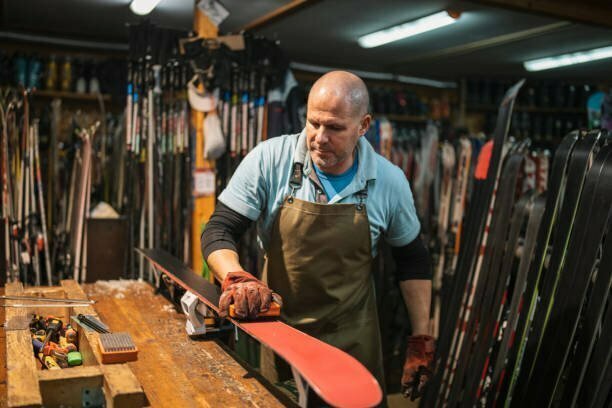
First, use the wax remover and soft cloth to clean the snowboard or skiing base. If you are using a base cleaner, follow the instructions on the bottle. Next, heat the snowboard or ski base with the hairdryer. This will help the wax to melt and spread more easily.
Apply The Wax

Now it’s time to apply the wax. There are two ways to do this:
- Use a block of wax and rub it directly onto the base.
- Use a waxing iron to melt the wax and then spread it over the base with a scraping tool.
If you are using a block of wax, simply rub it back and forth over the base until the entire surface is covered. If you are using a waxing iron, hold the iron about an inch or two above the base and melt the wax. Then, use the scraping tool to spread the wax over the base.
Let It Cool
Once the entire surface is coated with wax, let it cool and harden for a few minutes. Then, use the scraper to remove any excess waxes.
That’s it! You’ve now successfully waxed your own skis or snowboard. Enjoy the slopes!
The Entire Equipment - Why It's Important to Have
Here’s the gear, you need to have if you want to wax your snowboards or skis:
- Work Bench
- Ski Wax
- Wax Iron
- Plastic Scrapers
- Brush
Work Bench
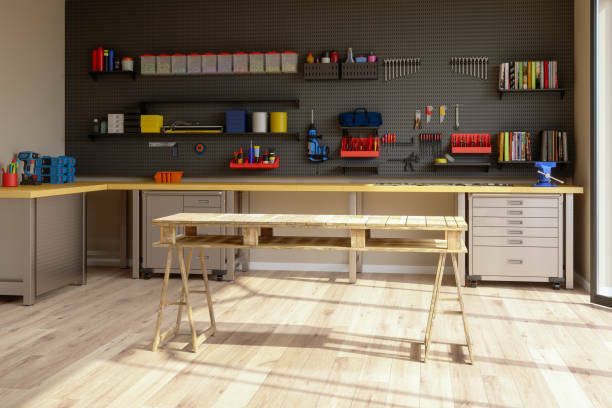
When it comes to waxing your snowboard or ski, having a work bench is really important. This way you can have a designated space to work on your ski and make sure you have all the necessary supplies within reach. Plus, it helps to keep your work area clean and organized so you can avoid any accidents.
Here are a few things you should consider when setting up your work bench for waxing your snowboard or ski:
- Make sure the surface is level and sturdy.
- Choose a well-lit area so you can see what you’re doing.
- Gather all the supplies you need before you start, including a waxing iron, wax, scraper, and brush.
- Place a towel or mat on the bench to protect your ski from scratches. You can also use a strong rubber band if it’s needed!
- Set up a fan nearby to help ventilate the area and keep the wax from melting.
Ski Wax
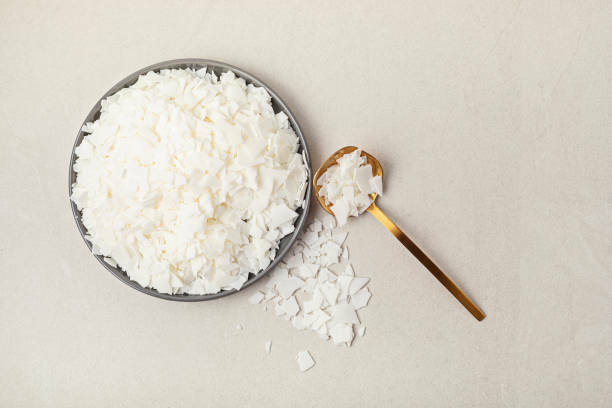
Skiing wax helps to protect your ski from the elements and also provides a smooth surface for skiing. It is important to wax your ski regularly to keep them in good condition and to prevent them from drying out and cracking. Skiing wax can be applied at home with a few simple supplies, or it can be done at a ski shop.
There are a few things to keep in mind when waxing your snowboards or ski:
- The type of skiing wax that you use will depend on the type of snow that you’re skiing on. For example, if you’re skiing on fresh powder, you’ll want to use a different wax than if you’re skiing on packed snow.
- It’s important to apply wax evenly across the entire ski. This will help to prevent any uneven wear and tear on the ski.
- When applying skiing wax, it’s important to use a clean, dry cloth. This will help to avoid any streaks or smears on the ski.
Wax Iron

Most people don’t realize how important having a wax iron is when it comes to waxing their skis. A good wax iron will help you evenly distribute the wax across the ski, which is crucial for getting a good coat of wax.
Additionally, a wax iron will help you to avoid any clumping or unevenness in the wax, which can lead to poor overall performance.
If you’re serious about keeping your own ski in good condition, then investing in a quality wax iron is a must. Trust us, it will make all the difference in the world! You can also use a clothes iron if you want to!
Plastic Scraper
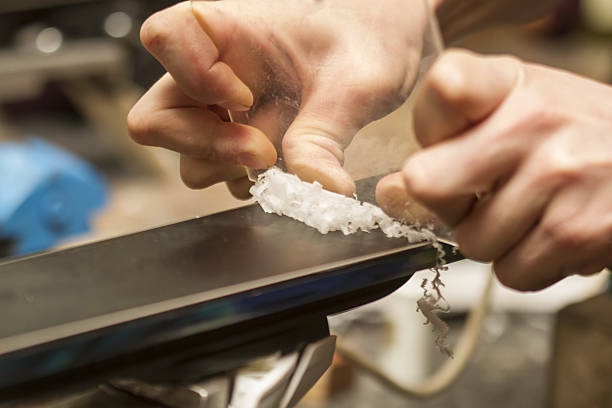
Any avid skier or snowboarder will tell you that having a good quality plastic scraper is one of the most important waxing tools you can have. Plastic scrapers are key for getting rid of excess wax and ensuring an even coat. It’s also important to use plastic scrapers specifically designed for waxing skis or snowboards – using a regular kitchen scraper can damage your equipment.
So if you’re serious about keeping your skis or snowboard in top condition, invest in a good plastic scraper! Trust us, it will make all the difference.
Now that you know how important plastic scrapers are, here’s a quick guide on how to use one:
- Start by heating up the wax with a wax iron.
- Once the wax melts, spread the melted wax evenly over the skiing base of your ski or snowboard with the hot iron.
- Use the scraper to remove any excess waxes.
- Buff the entire base of the ski with a horsehair brush to finish.
Brush

A brush is very important when waxing your ski because it helps to evenly distribute the wax across the ski. It also helps to remove any excess hot wax from the ski.
A brush will also help to remove any dirt or debris from the ski. without a brush, it would be difficult to evenly distribute the wax and it would be difficult to remove any excess wax from the ski.
A brush is an essential tool for anyone who wants to wax their skis correctly.
All Wax Types
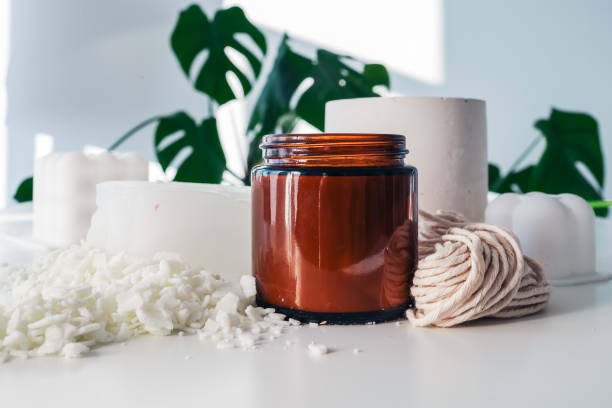
These are all of the wax types, and you can choose one of them for your skis or snowboards:
- All-Temperature Ski and Snowboard Wax
- Temperature Specific Ski and Snowboard Waxes
- Fluorocarbon Ski and Snowboard Waxes
All-Temperature Ski and Snowboard Wax
All-temperature ski and snowboard wax or universal wax is a type of wax that can be used in all kinds of weather conditions. It is made of a blend of different waxes, each with its own melting point. This means that the wax will remain solid in colder temperatures and will start to melt and spread in warmer temperatures. All-temperature wax can be used on both skis and snowboards.
Advantages
One of the advantages of using all-temperature wax is that it can be used in a wide range of conditions. It can be used on both dry and wet snow, and in both cold and warm weather. All-temperature wax is also relatively easy to apply, and does not need to be heated up before use.
Disadvantages
One of the disadvantages of all-temperature wax is that it does not perform as well as other types of wax in very specific conditions. For example, it will not provide as much protection against rusting in wet snow, and will not glide as well in very cold snow temperatures. All-temperature wax is also more expensive than other types of wax.
Temperature Specific Ski and Snowboard Waxes
Temperature-specific waxes are designed to perform optimally within a certain temperature range. For example, a temperature-specific wax that is designed for use in cold temperatures will have a different chemical composition than one that is designed for use in warm temperatures.
There are three main types of temperature-specific waxes: cold waxes, all-temperature waxes, and hot waxes.
Cold Waxes
Cold waxes are typically made of paraffin or other waxes with a low melting point. They are designed for use in temperatures below freezing (0°C/32°F).
All-Temp Waxes
All-temperature waxes are typically made of a blend of waxes with different melting points. They can be used in a wide range of temperatures, from below freezing to above melting (0°C/32°F to 100°C/212°F).
Hot Waxes
Hot waxes are typically made of synthetic waxes with a high melting point. They are designed for use in temperatures above melting (100°C/212°F).
Fluorocarbon Ski and Snowboard Waxes
Fluorocarbon wax is a type of ski and snowboard glide wax that contains fluorocarbons. Fluorocarbons are chemicals that are used in many different industries, including the ski and snowboard industries. Fluorocarbon waxes are known for their durability and their ability to repel water. Fluorocarbon waxes are also known for their ability to resist abrasion and wear.
Fluorocarbon waxes are available in many different formulations, including powder, liquid, and paste. Powder fluorocarbon waxes are typically used for race applications. Liquid and paste fluorocarbon waxes are typically used for recreational applications.
Fluorocarbon waxes can be applied to skis and snowboards in a number of different ways, including hot waxing, cold waxing, and spray-on. Hot waxing is the most common method of applying fluorocarbon waxes to skis and snowboards. Colder wax is less common, but it is gaining popularity. Spray-on fluorocarbon waxes are also available, but they are not as common as hot waxes and cold waxes.
Final Words

End of the story!
Write us in the comments below, if you find this post helpful, and keep us updated if you made it!


